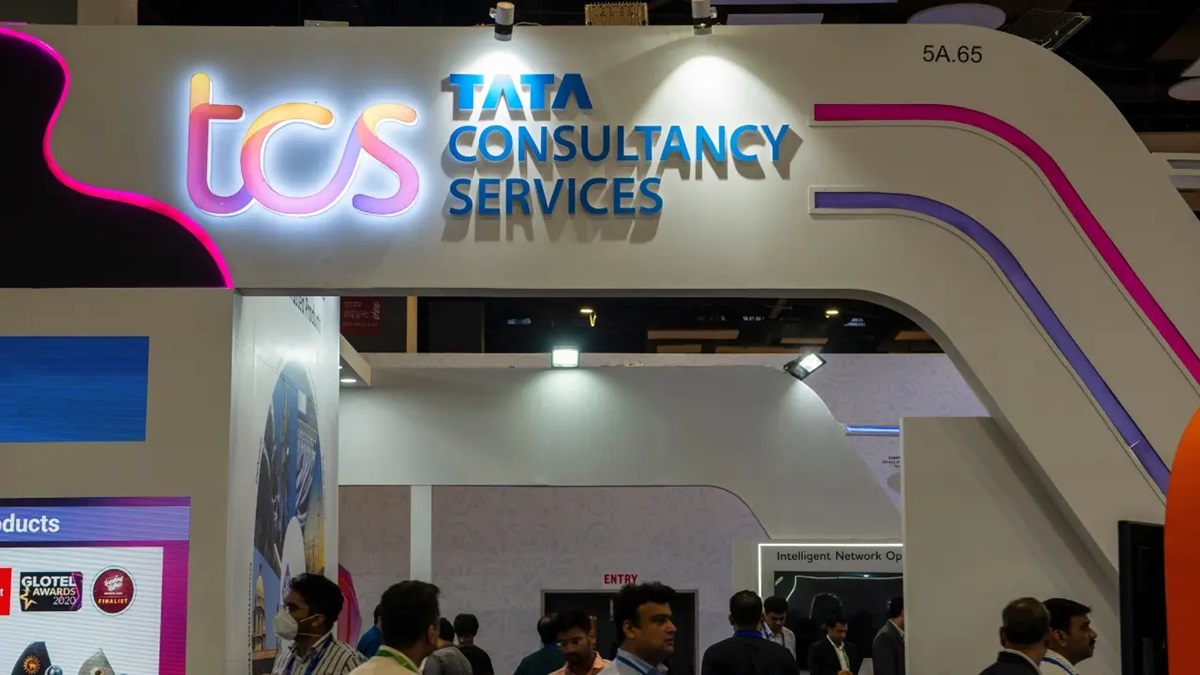The number of job openings per job-seeker in June hit its lowest level since the aftermath of the 1997 Asian financial crisis, reflecting a stark decline in the availability of quality jobs amid entrenched low growth.
The number of new job openings through the government’s employment platform “Work 24” stood at 151,000 last month, down 11.2 percent on-year, according to the “June Labor Market Trends Based on Employment Administration Statistics” (translated) report released by the Ministry of Employment and Labor on Monday.
The number of new job seekers, on the other hand, reached 387,000, up 11.9 percent on-year. As a result, the job openings-to-applicants ratio fell by 0.1 percentage point from the same period last year to 0.39. This means there were only 39 jobs available for every 100 job seekers, marking the lowest figure for June since 1999, when it was 0.25.
Over the past decade, the June job openings-to-applicants ratio had fallen from 0.64 in 2016 to 0.48 in 2020 during the Covid-19 pandemic. It rebounded to 0.78 in 2022 but has been on a decline since.
This trend contrasts with Korea’s employment rate, the percentage of people aged 15 or older with a job, which hit a record 63.8 percent in May. The employment rate includes all types of workers, such as wage earners, the self-employed, unpaid family workers and others. The job openings-to-applicants ratio, however, focuses solely on regular wage-earning positions, which tend to offer better working conditions. From this narrower perspective, the shortage of quality jobs strikes as a serious issue.
The primary reason companies are reducing new openings is the prolonged economic slowdown. Rising labor costs, increased automation and heightened domestic and global uncertainties have also played a major role.
On July 10, for instance, refiner S-Oil abruptly halted its recruitment process for retail sales positions, citing “growing uncertainties in the global business environment, including sudden changes in tariff policies, and deteriorating business performance” in emails sent to applicants.
The increase in job seekers is largely attributed to more young people setting their sights on stable, regular employment. Although the job openings-to-applicants ratio has fallen, the number of people subscribed to employment insurance in regular wage-earning positions, a key indicator of job quality, continues to rise. Last month’s figure stood at 15.59 million, up 1.2 percent on-year. However, this was the smallest increase for June since data collection began in 1997.
In manufacturing, considered a pillar of employment, the number of insured workers dropped by 1,000 from a year earlier, marking the first decline in 54 months.While the number of foreign workers with E-9 and H-2 visas continued to rise, the decrease in domestic workers was larger.The construction industry, stuck in a prolonged slump, shed 19,000 jobs from a year earlier, extending its losing streak to 23 consecutive months. The sector has been hit by shrinking private sector orders and contracts amid high interest rates, reduced public investment, project financing risks and increased automation.
A director at the Labor Ministry warned that the employment situation in manufacturing will likely remain difficult, based on the economy and exports posting negative growth in the first half of the year and projections looking worse for the second half.
“Still, many uncertainties at home and abroad are gradually being resolved,” the official said. “Data from Statistics Korea showing job posts on [jobseeking platform] Job Korea began to recover in the second and third weeks of June. We hope the situation will improve starting this month.”
There are also forecasts about the impact of next year’s minimum wage hike to 10,320 won ($7.5), a 2.9 percent increase from this year.
“The increase could weigh on employment in low-skilled service sectors such as hospitality and food and beverage,” said Kim Ji-yeon, head of projections at the Korea Development Institute’s economic forecasting unit. “Minimum wage has already risen sharply, by about 60 percent between 2017 and 2026. Future hikes should be more moderate.”




















